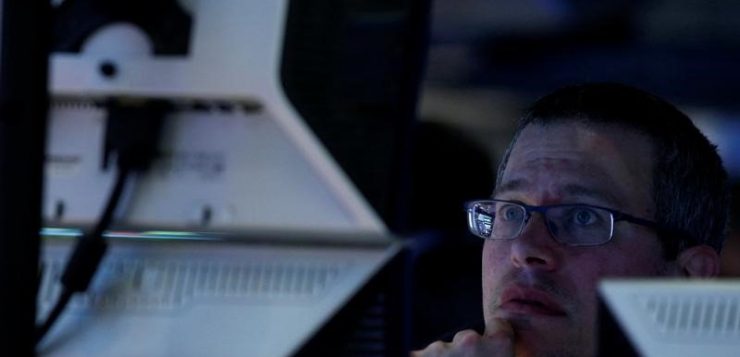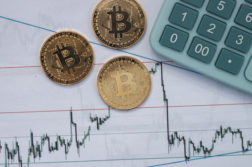- Market capitalisation may not be an accurate way to describe the total value of a crypto coin.
- Julian Hosp — co-founder of cryptocurrency TenX— said the metric has some serious limitations.
- “If a cryptocurrency has a market cap of $1 billion, it doesn’t mean that $1 billion has flown into that cryptocurrency,” Hosp said.
As the price of a cryptocurrency goes up or down, its total value is typically described with reference to its market capitalisation.
In the case of a crypto such as Bitcoin, the market cap is calculated as follows: The total number of coins on issue, multiplied by their price.
But according to Julian Hosp — co-founder of cryptocurrency TenX — the metric has some serious limitations in determining the actual value of a digital coin.
In a commentary on the risks facing the crypto market for CNBC, Hosp explained his point as follows:
“If a cryptocurrency has a market cap of $1 billion, it doesn’t mean that $1 billion has flown into that cryptocurrency,” Hosp said.
“So, for a cryptocurrency to have a market cap of $1 billion, maybe only $50 million actually moved into the cryptocurrency.”
“Therefore, if that coin collapsed completely, its market cap would go from $1 billion to zero, but investors would have actually only lost $50 million.”
So a given coin’s market capitalisation is therefore heavily dependent on the number of coins on issue, which appears to be at the discretion of the coin’s creators when they launch an Initial Coin Offering (ICO).
The ICO process differs somewhat to when a company lists on a stock exchange via an Initial Public Offering (IPO).
In that scenario, the sale of share is facilitated by an intermediary — typically an investment bank — who underwrite the sale.
The investment bank aims to price the shares at a level so the float is fully subscribed – and in doing so, that process also sets the company’s market value.
Advocates of Bitcoin argue that part of its value proposition stems from the fact it has a finite supply of 21 million coins, which means those in circulation aren’t just made up on a whim.
However, doubts still remain about how many of the Bitcoin mined so far — around 16 million — are actually in circulation.
Dash Coin CEO Ryan Taylor told Business Insider in December that the coins held by Bitcoin founder Satoshi Nakamoto have never moved, and part of Bitcoin’s market cap may actually be “phantom”.
In Hosp’s explanation of market cap, he also referred to the cryptocurrency company Tether — issuer of the controversial USDT token that’s supposed pegged to the US dollar.
More than 2.2 billion USDT tokens are supposedly in supply, which in theory means the same amount of US dollars have flowed into the currency to give it its value.
But the picture for Tether — which is closely linked to the Bitfinex cryptocurrency exchange — is murky to say the least.
It was subject to a $US31 million hack in November, and amid increasing uncertainty about the amount of US dollars backing the USDT token, Tether has just split with its auditors.
“Since many exchanges and other cryptocurrencies are connected to Tether, any finding that its stated value is untrue would send the market into a significant decline,” Hosp said.
A short time ago on coinmarketcap.com, the current combined “market capitalisation” of the 1,498 cryptocurrencies listed on the site amounts to almost $US560 billion – about the same as Facebook, which has annual revenue of $US37 billion.
But based on Hosp’s assessment, the actual value of traditional fiat currency that’s flowed into the market is likely to be significantly less than that.
You can read more on Hosp’s summary of four key risks facing cryptocurrencies here.
Read more at:
http://www.businessinsider.com/why-its-inaccurate-to-measure-cryptocurrencies-by-their-market-caps-2018-1







